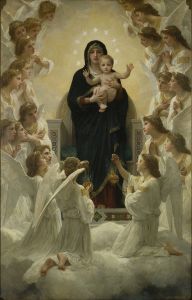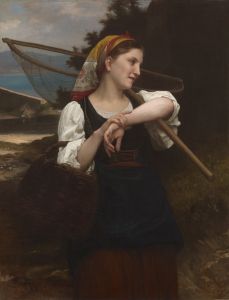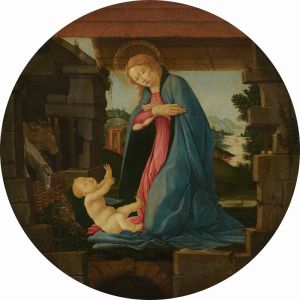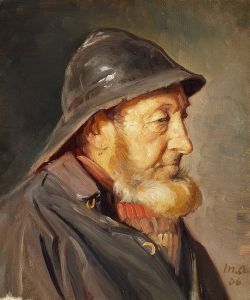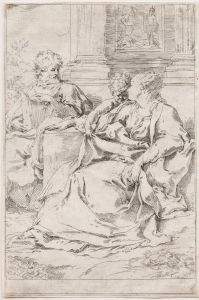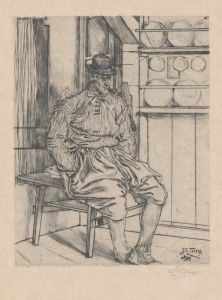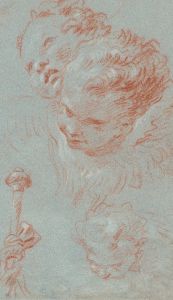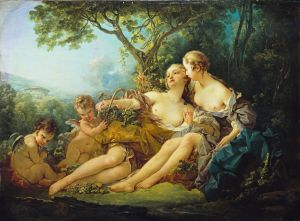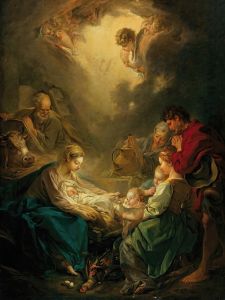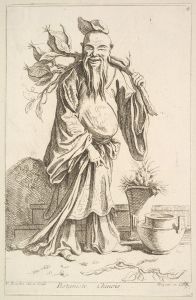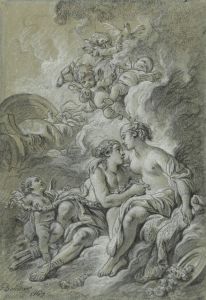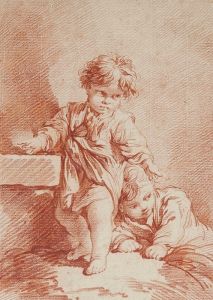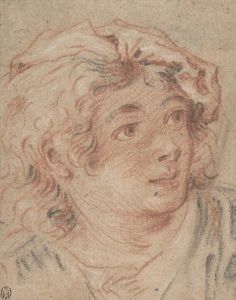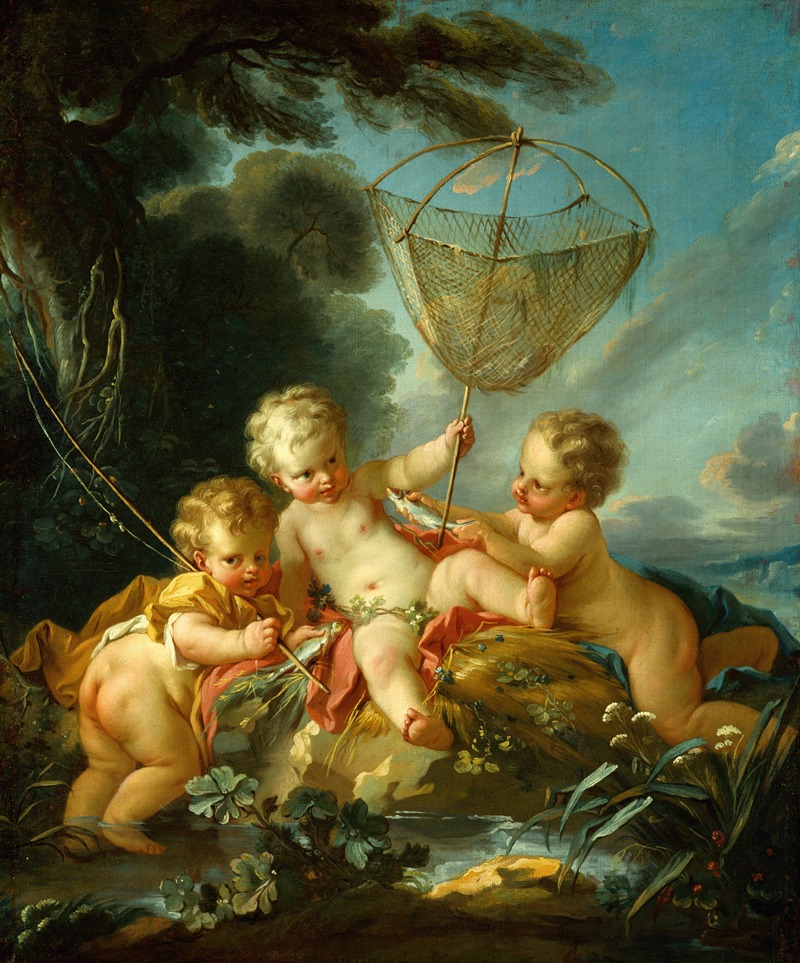
Putti as Fisherman
A hand-painted replica of François Boucher’s masterpiece Putti as Fisherman, meticulously crafted by professional artists to capture the true essence of the original. Each piece is created with museum-quality canvas and rare mineral pigments, carefully painted by experienced artists with delicate brushstrokes and rich, layered colors to perfectly recreate the texture of the original artwork. Unlike machine-printed reproductions, this hand-painted version brings the painting to life, infused with the artist’s emotions and skill in every stroke. Whether for personal collection or home decoration, it instantly elevates the artistic atmosphere of any space.
François Boucher's Putti as Fisherman is a work attributed to the renowned French Rococo painter François Boucher (1703–1770). Boucher was celebrated for his playful and decorative style, often depicting mythological themes, pastoral scenes, and cherubic figures. His works were highly sought after during the 18th century, particularly by patrons such as Madame de Pompadour, the mistress of King Louis XV.
The painting Putti as Fisherman features one or more putti—cherubic, childlike figures often used in Rococo art to symbolize innocence, playfulness, or allegorical themes. In this work, the putti are depicted engaging in fishing, a motif that aligns with Boucher's frequent use of idyllic and pastoral imagery. The scene likely reflects the Rococo fascination with nature and leisure, blending a sense of whimsy with the artist's characteristic attention to detail and soft, luminous color palette.
Boucher's works, including Putti as Fisherman, are notable for their technical precision and the use of light, which creates a sense of intimacy and charm. His ability to render textures, such as the softness of the putti's skin or the delicate ripples of water, demonstrates his mastery of the medium. The painting exemplifies the Rococo style, characterized by its ornate and decorative qualities, as well as its focus on themes of pleasure and beauty.
While specific details about the commission or provenance of Putti as Fisherman are not widely documented, it is consistent with Boucher's broader body of work, which often included allegorical and decorative pieces intended for private collections or aristocratic patrons. Many of his paintings were also reproduced as tapestries or engravings, further disseminating his style and themes.
Today, François Boucher's works, including pieces like Putti as Fisherman, are celebrated as quintessential examples of Rococo art. They are housed in major museums and collections worldwide, where they continue to be studied and admired for their artistic and historical significance.





